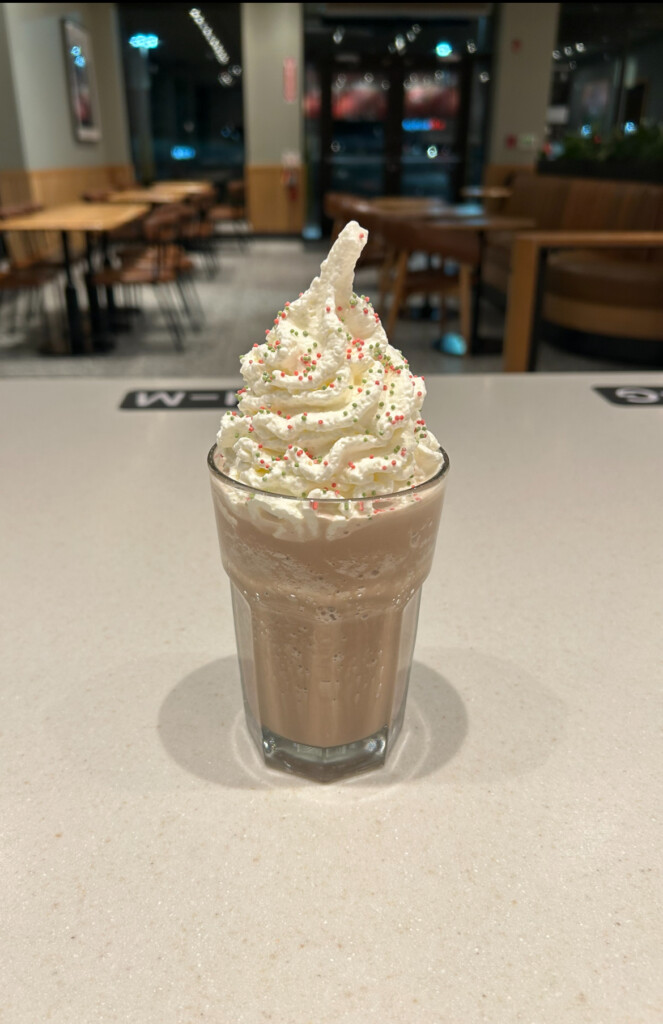This year’s elections week for the 2007-08 Students’ Association President, Vice-President, Senate and Class Councils played host to a new event – the Convention – followed by a Presidential and Vice-Presidential Debate. The Convention and Debate, whose combined duration was three hours, took place last night in Hirst Lounge and the Gowen Room, respectively.
The SA has had the slot for this debate scheduled since May of last year. Thus, the debate was unlike previous years in that it was not thrown together during campaign week, according to SA President Alexander Pearlman.
The Convention, however, was a new aspect of the campaigning process this year. It was a joint project of the Senate Communications Committee and the Presidential Cabinet. The Convention was part of a larger series of events, deemed Convention Programs, which had four aims: recruit candidates, educate candidates, educate voters and get people to vote.
Decorated in colorful balloons and flags that boasted the school colors with loud music that permeated every nook of Wilson Commons, Hirst was a logical choice for the Convention.
“What better place to showcase the future leaders – it is yet another example of how extremely hardworking [the Pearlman] administration is,” Vice-Presidential candidate junior Dan Fisher said.
The goal of the Convention was to educate the voters about the candidates. The candidates were divided up by year and positioned around three tables, thus providing a “one-stop shopping” experience for potential voters. Raffle tickets, voting shirts and, at one point, an MP3 player were all given away, with raffles being held every 10 minutes.
The candidates answered any and all questions posed to them by their fellow students, yet in a more relaxed and informal manner than that of the upcoming debate.
“I think it’s a great pilot program – we’re really hoping for the best,” Presidential candidate sophomore Alvin Lomibao said. “It’s just a really great way for the candidates to interact with the constituents.”
Following the Convention was the debate, which Pearlman said had the potential to provide only superficial responses to voters’ questions, as opposed to the more candid answers they could obtain while at the Convention.
Both tickets were present at the debate. The first consisted of Presidential candidate Lomibao and Vice-Presidential candidate sophomore Janna Gewirtz. The second ticket featured Presidential candidate junior Greg Meditz and Vice-Presidential candidate Fisher.
The debate had a professional feel. The two moderators – Pearlman and SA Vice-President Marquis Harrison – were present in order to pose questions to the candidates.
As the result of a coin toss held earlier that day, Lomibao and Gewirtz were allowed to present their introduction first. Stressing their three pillars of advocacy, communication and expanding the domain of the student government, they spoke on their past achievements and future goals. All of their goals, such as the web portal and the recycling program were described by the candidates as “tangible” goals.
Following their opponents, Meditz and Fisher took the stage with a different approach. Meditz related to the audience the story about his first visit to UR and how he felt as if he should give back to the school. He later conceded that the goals of the campaign were “lofty.” They included the revitalization of Wilson Commons and providing an online delivery system utilizing the URos program, a program Meditz helped to create.
After both tickets had finished with their introductions, the moderators began with a set of 11 questions, alternating between the Presidential and the Vice-Presidential candidates.
Pearlman first asked both Presidential candidates what qualities they thought they possessed. The following questions consisted of, for example, what they believe it takes to be a Vice-President and how experiences shape a candidate’s approach to interacting with the administration. There were also more specific questions about certain programs, such as D-Day and the fair trade initiative, to which the audience could relate.
Following the moderators’ questions, the candidates were allowed to cross-examine one another. Each ticket was allowed two questions. The floor was then opened up to audience questions, of which there were seven, and the debate ended with closing statements from both sets of candidates.
The audience posed questions to the two tickets, such as what they thought the best quality of the other candidates was and also how they could best represent their fellow students.
Pearlman was pleased with how everything went and looks forward to the new changes awaiting the students next year, such as an increase in the number of advocacy programs, the continuing development of leadership and an attempt to fill the voids that student government has never before filled. All of these changes are in line with the present candidates’ platforms.
“I don’t want someone to come in and duplicate what we did this year,” Pearlman said. “We worked really hard making internal government function. It is now a cohesive and functional group. Now is the time to take that function and turn it into action.”
Halusic is a member of the class of 2010.

